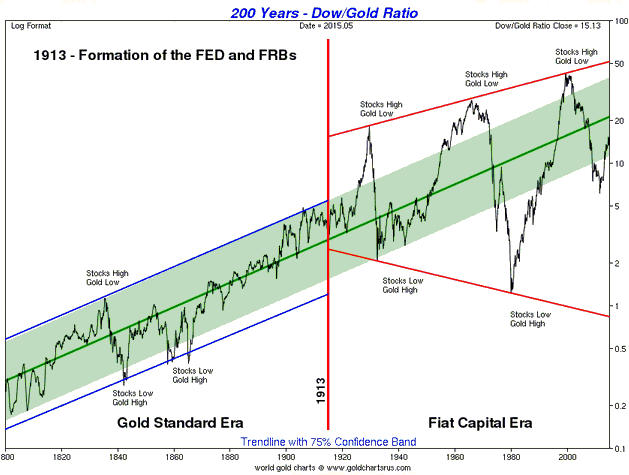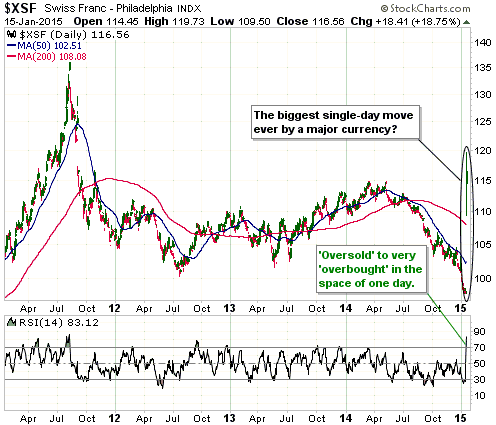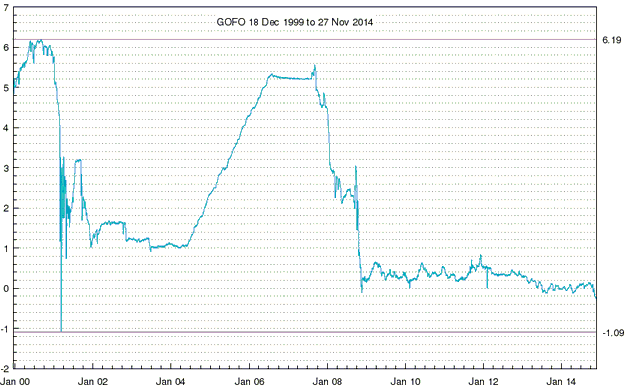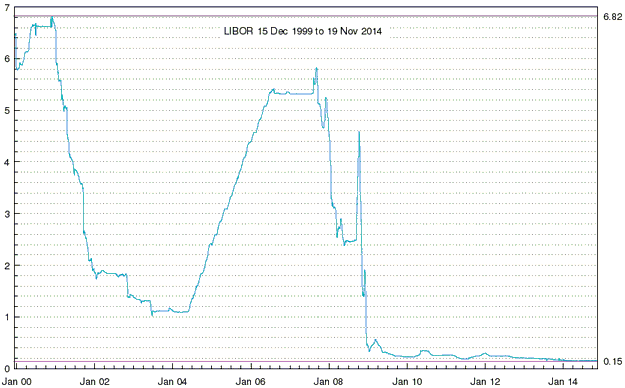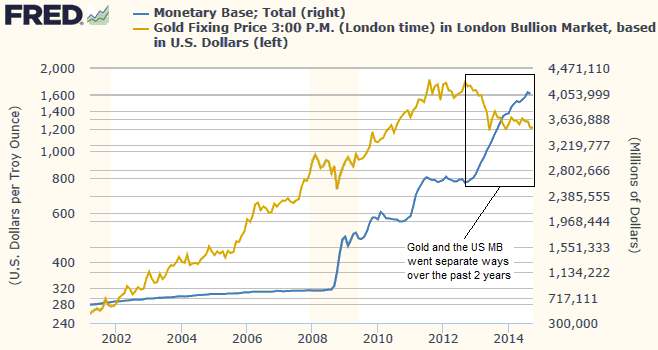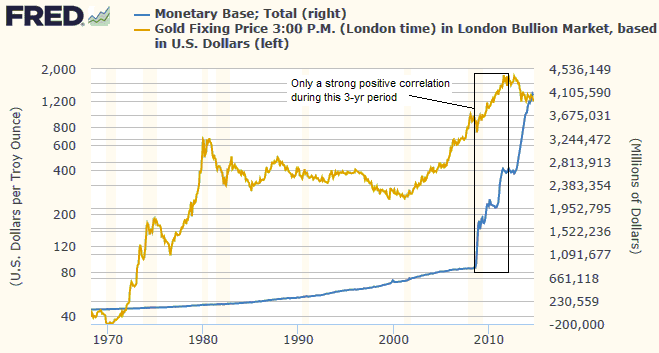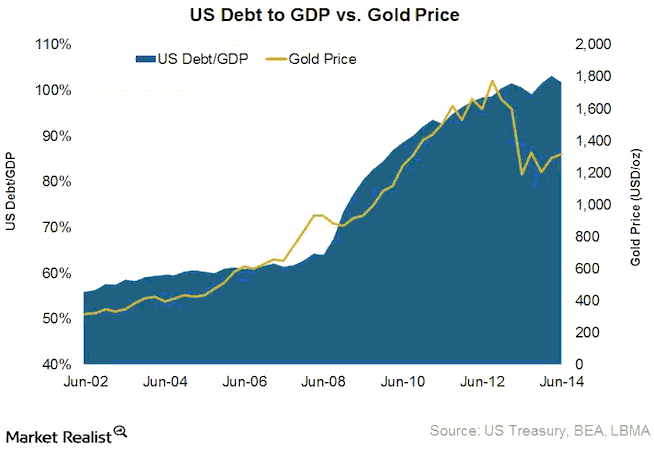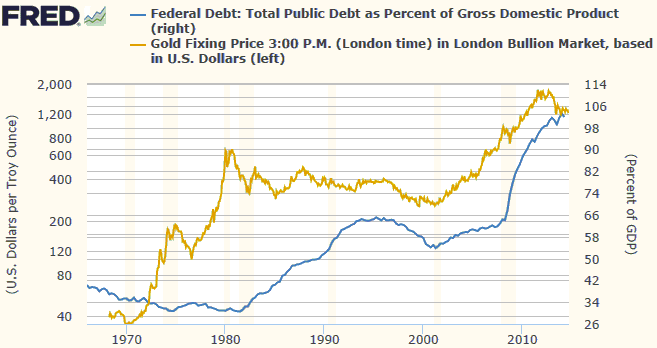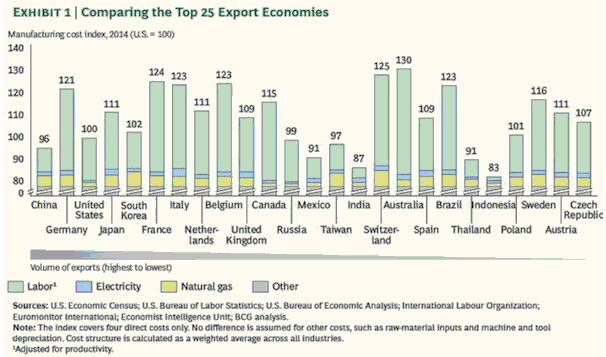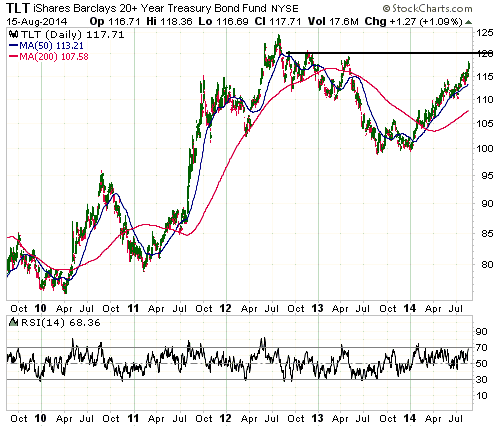Keith Weiner often posts thought-provoking stuff at his Monetary Metals blog. A recent post entitled “Interest – Inflation = #REF” is certainly thought-provoking, although it is also mostly wrong. It is mostly wrong because it is based on a fundamental misunderstanding about saving.
Before I get to the main point, I’ll take issue with the following paragraph from Keith’s post:
“Normally, you don’t spend your savings, only the income on it. In ancient times, people had to hoard a commodity like salt when they worked. In retirement, they sold it to buy food. Modern economies evolved beyond that, with the development of interest. Retirees should not have to liquidate their life savings.”
Who says you shouldn’t have to spend your savings? One of the main reasons to save today is so that you can spend more in the future. Also, interest isn’t a modern development, it has been inherent in economic activity since the dawn of economic activity.
Now, the main point: When people save money, it’s not actually money that they want to save. Money is just a medium of exchange. What they want to save is purchasing power (PP). For example, if I have a million dollars of savings to live on over the next 20 years, what matters to me is what the money buys now and what it will probably buy in the future. If a million dollars is currently enough to buy a mansion in the best part of town and if a dollar is likely to maintain its PP over the next 20 years, then I’ll probably be able to live quite comfortably on my savings. However, if a million dollars only buys me a loaf of bread, then I have a problem.
A consequence is that, contrary to the assertion in Keith’s post, the real interest rate is very important to the average retiree. The easiest way to further explain why is via a hypothetical example.
Fred, our hypothetical retiree, has $1M of savings at Year 0. At the dollar’s current purchasing power his cost of living is $20K per year. Also, the interest rate that he receives on his savings is ZERO, but the dollar is gaining PP at the rate of 5% per year.
At Year 1, Fred’s monetary savings will have declined to $980K, because he spent $20K and received no interest. However, $980K now has the same PP that $1029K had a year earlier. That is, over the course of the year Fred’s PP increased by 29K Year 0 dollars. Furthermore, his annual living expense will have declined to $19K.
At Year 2, Fred’s monetary savings will have declined to $961K, because he spent $19K and received no interest. However, $961K now has the same PP that $1059K had at Year 0.
That is, after 2 years of receiving no nominal interest on his savings, our hypothetical retiree is in a significantly stronger financial position. Thanks to the receipt of a positive real interest rate he now has more purchasing power than he started with. The fact that he has less currency units is irrelevant.
I could provide a second hypothetical example of a retiree who, despite earning a superficially-healthy positive nominal interest rate and ending each year with the same or more currency units, has a worsening financial position over time thanks to a negative real interest rate. I could, but I won’t.
The upshot is that the real interest rate is not only important, for savers and investors it is of greater importance than the nominal interest rate. The problem, today, is not only that central banks have pushed the nominal short-term interest rate down to near zero, it’s also that they have done this while reducing the PP of money. The great sucking sound is wealth being siphoned from savers via negative real interest rates.
 Print This Post
Print This Post

